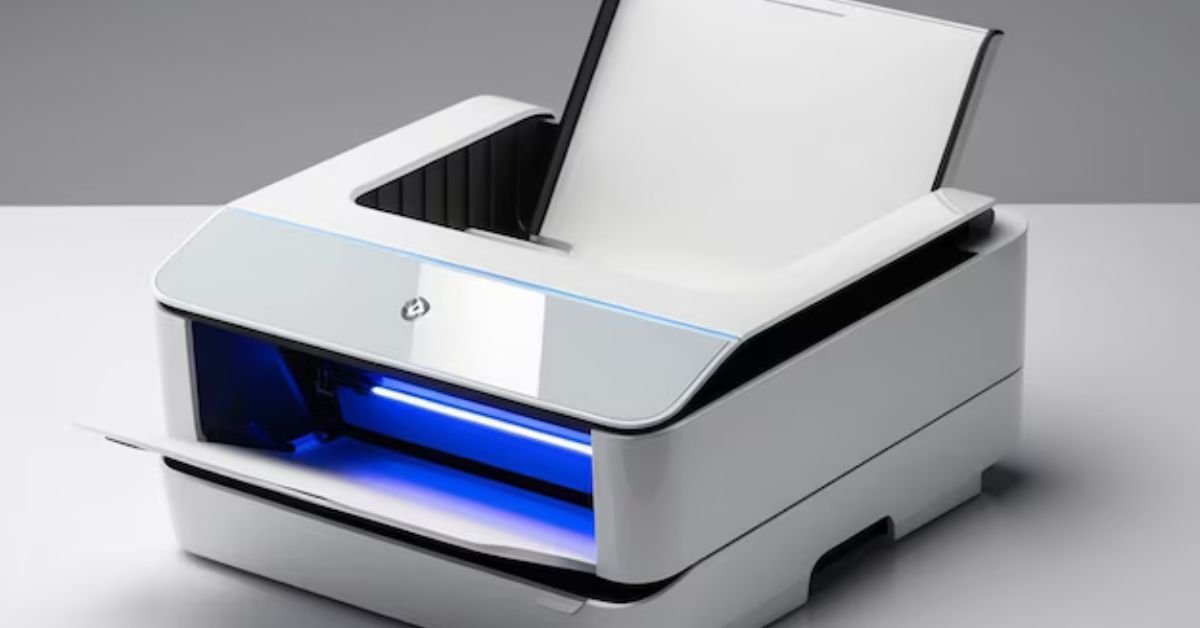Autopilot software has revolutionized industries ranging from aviation to automotive, providing automation that enhances efficiency and safety. However, with these advancements come significant security concerns. Protecting autopilot systems from cyber threats and ensuring their reliability are critical for maintaining safety and operational integrity. This comprehensive guide explores the key aspects of autopilot software security, outlining best practices, potential threats, and effective strategies for safeguarding these systems.
Understanding Autopilot Software and Its Importance
Autopilot software, integral to modern technology, automates control systems in vehicles and aircraft. In aviation, it manages flight paths and navigation, while in automotive applications, it assists with driving tasks such as lane-keeping and adaptive cruise control. The importance of autopilot software lies in its ability to enhance operational efficiency, reduce human error, and improve overall safety. As reliance on these systems grows, so does the need for robust security measures.
Common Security Threats to Autopilot Systems
- Cyber Attacks: Autopilot systems are vulnerable to cyber attacks such as hacking and malware. Cybercriminals may exploit vulnerabilities to gain unauthorized access, potentially causing malfunctions or taking control of the system.
- Data Interception: Sensitive data transmitted between autopilot systems and external devices can be intercepted. This includes flight data, navigation coordinates, and personal information, which can be used for malicious purposes.
- Signal Jamming: Signal jamming involves disrupting the communication between autopilot systems and external sensors or controls. This can impair the system’s functionality, leading to safety risks.
- Software Vulnerabilities: Bugs and vulnerabilities within the autopilot software itself can be exploited by attackers. These weaknesses can compromise the system’s reliability and security.
- Insider Threats: Employees or individuals with access to the autopilot system may intentionally or unintentionally cause security breaches. Insider threats can be particularly challenging to detect and mitigate.
Best Practices for Securing Autopilot Software
- Regular Software Updates: Ensure that autopilot software is regularly updated to address security vulnerabilities and bugs. Updates often include patches that fix known issues and enhance system security.
- Implement Strong Authentication: Use robust authentication methods to control access to autopilot systems. Multi-factor authentication (MFA) adds an extra layer of security, making it harder for unauthorized individuals to gain access.
- Encrypt Data Transmission: Employ encryption techniques to secure data transmitted between autopilot systems and external sources. Encryption protects sensitive information from interception and unauthorized access.
- Conduct Regular Security Audits: Perform routine security audits to identify and address potential vulnerabilities in the autopilot software. These audits help ensure that security measures are effective and up-to-date.
- Establish Incident Response Plans: Develop and maintain incident response plans to address potential security breaches. Having a well-defined response strategy ensures that any issues are handled promptly and effectively.
- Secure Communication Channels: Protect communication channels between autopilot systems and other devices. Use secure protocols and implement measures to prevent unauthorized access or tampering.
Enhancing Security Through System Design
- Redundancy and Fail-Safe Mechanisms: Design autopilot systems with redundancy and fail-safe mechanisms to ensure continued operation in the event of a failure or attack. Redundant systems can take over if one component is compromised.
- Access Controls: Implement strict access controls to limit who can interact with or modify the autopilot software. Role-based access ensures that only authorized personnel can make changes or access sensitive information.
- Secure Coding Practices: Follow secure coding practices during software development to minimize vulnerabilities. This includes input validation, error handling, and adherence to security guidelines.
- Regular Testing and Validation: Conduct regular testing and validation of autopilot software to ensure its functionality and security. This includes penetration testing, vulnerability scanning, and other assessments.
Addressing Regulatory and Compliance Requirements
- Adhere to Industry Standards: Follow industry standards and regulations related to autopilot software security. Compliance with standards such as ISO/IEC 27001 and NIST guidelines helps ensure that security practices are robust and effective.
- Maintain Documentation: Keep detailed documentation of security measures, policies, and procedures. Documentation provides a reference for audits, inspections, and compliance assessments.
- Train Personnel: Provide training for personnel involved in managing and operating autopilot systems. Training should cover security best practices, threat recognition, and incident response procedures.
Real-World Examples and Case Studies
- Aviation Industry: The aviation industry has faced various security challenges with autopilot systems. For instance, vulnerabilities in flight management systems have led to concerns about data interception and unauthorized access. The industry continues to strengthen security measures through updated protocols and advanced encryption techniques.
- Automotive Sector: In the automotive sector, autonomous vehicles have experienced attacks targeting their autopilot systems. These attacks include exploiting software vulnerabilities and signal jamming. Manufacturers are addressing these issues by implementing enhanced encryption and secure coding practices.
Future Trends in Autopilot Software Security
- Artificial Intelligence and Machine Learning: The integration of AI and machine learning into autopilot systems can enhance security by improving threat detection and response. These technologies can analyze patterns and identify potential threats more effectively.
- Blockchain Technology: Blockchain technology offers potential benefits for securing autopilot systems by providing immutable records of transactions and communications. This can enhance data integrity and reduce the risk of tampering.
- Increased Focus on Cybersecurity: As autopilot systems become more advanced, there will be an increased focus on cybersecurity. Ongoing research and development will drive innovation in security practices and technologies.
Conclusion
Securing autopilot software is essential for maintaining the safety and reliability of automated systems across various industries. By understanding common threats, implementing best practices, and staying informed about emerging trends, organizations can effectively protect their autopilot systems from potential security breaches. A proactive approach to security, combined with adherence to industry standards and continuous improvement, will ensure that autopilot systems remain secure and reliable.











